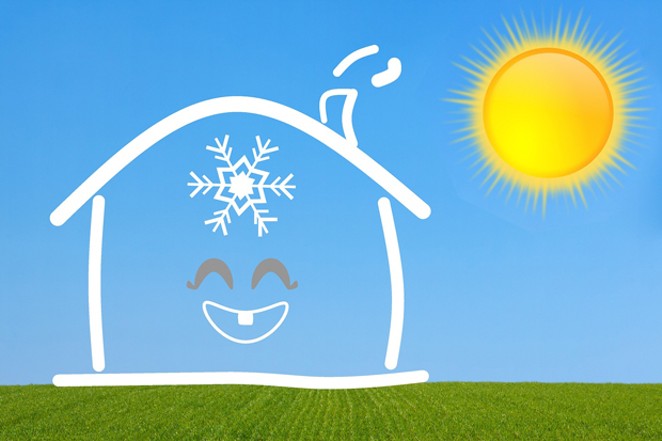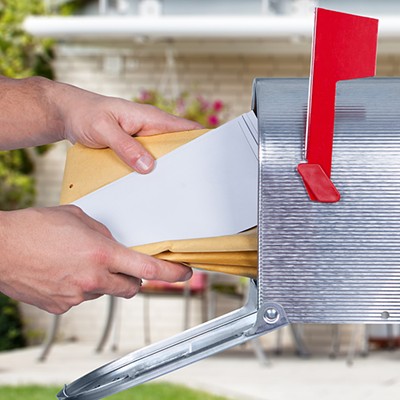Central Oregonians can always beat the summer heat with trips to the rivers and lakes; however, that refreshing relief doesn't have to stop at home and doesn't have to break the bank with high electric bills. There are ways to keep a home cooler and more comfortable, while reducing energy consumption.
A big step in making any home perform better all around, especially while heating or cooling, is to seal the air gaps in the home—areas where outside air sneaks in. This includes areas of damaged weatherstripping around doors and windows, holes around utilities entering the home and locations where dampers may be open such as fireplaces and range exhaust hoods.
"The average U.S. house has enough gaps around places like door frames and windows to equal a 3-by-3-foot hole in the wall," says the U.S. Department of Energy, which offers a handy checklist of leak-prone areas to help you determine where to caulk and weather-strip on their website. (energy.gov/energysaver/weatherize/air-sealing-your-home)
Close blinds or shades on the sunny side of a home during the peak heat hours or all day while away at work. This will help prevent the home from turning into a greenhouse, putting more strain and burning dollars as the air conditioner tries to keep up.
Using a ceiling fan may not physically make the air cooler, but it can make the room feel up to 4 degrees cooler and uses significantly less energy than an A/C unit. Make sure to switch the direction of the fan blades in the summer, so it pushes the air downward. In the winter the fan should pull the air upward. Consider installing fans in places where people congregate, such as the living room, kitchen or bedroom.
On hot days, keep the windows closed and the fan running. In the evening when temps start to fall, do a night air flush by placing box fans near open windows to push hot air outside. Then close the windows in the morning, trapping the cold air inside. Consider the installation of a whole-house fan which can be operated manually or programmed to evacuate the hot air out of the home. It's very similar to the box fan method but is much more effective.
Intentionally using shade from planting trees or building a lanai or pergola in strategic locations will also help keep the heat from radiating in the home and can help offer cooler outdoor spaces as well.
Install a programmable thermostat for the central A/C and turn it up 3-5 degrees while at work, and it will use less energy, in turn saving on utility bills. Replace hot incandescent light bulbs with cool incandescent bulbs or cook meals in the evening and serve them cold during the day to limit heat from a stove and help keep the home cool. Using some of these DIY tips and a little sweat equity will help cut costs and keep your home cooler this summer season.





















